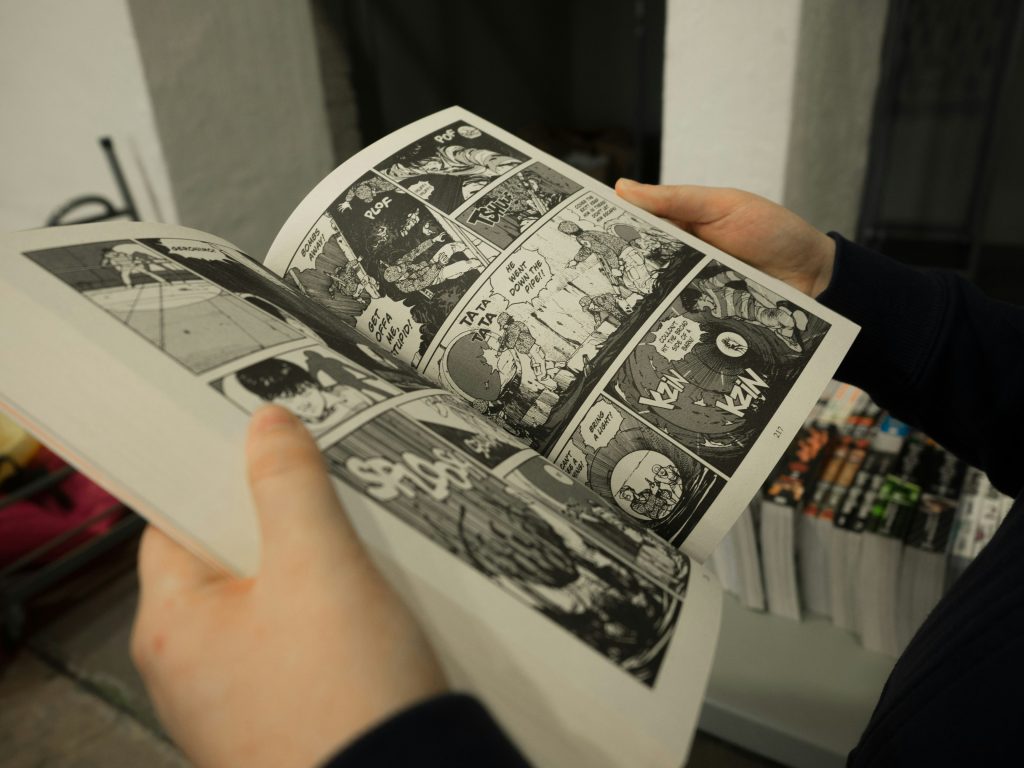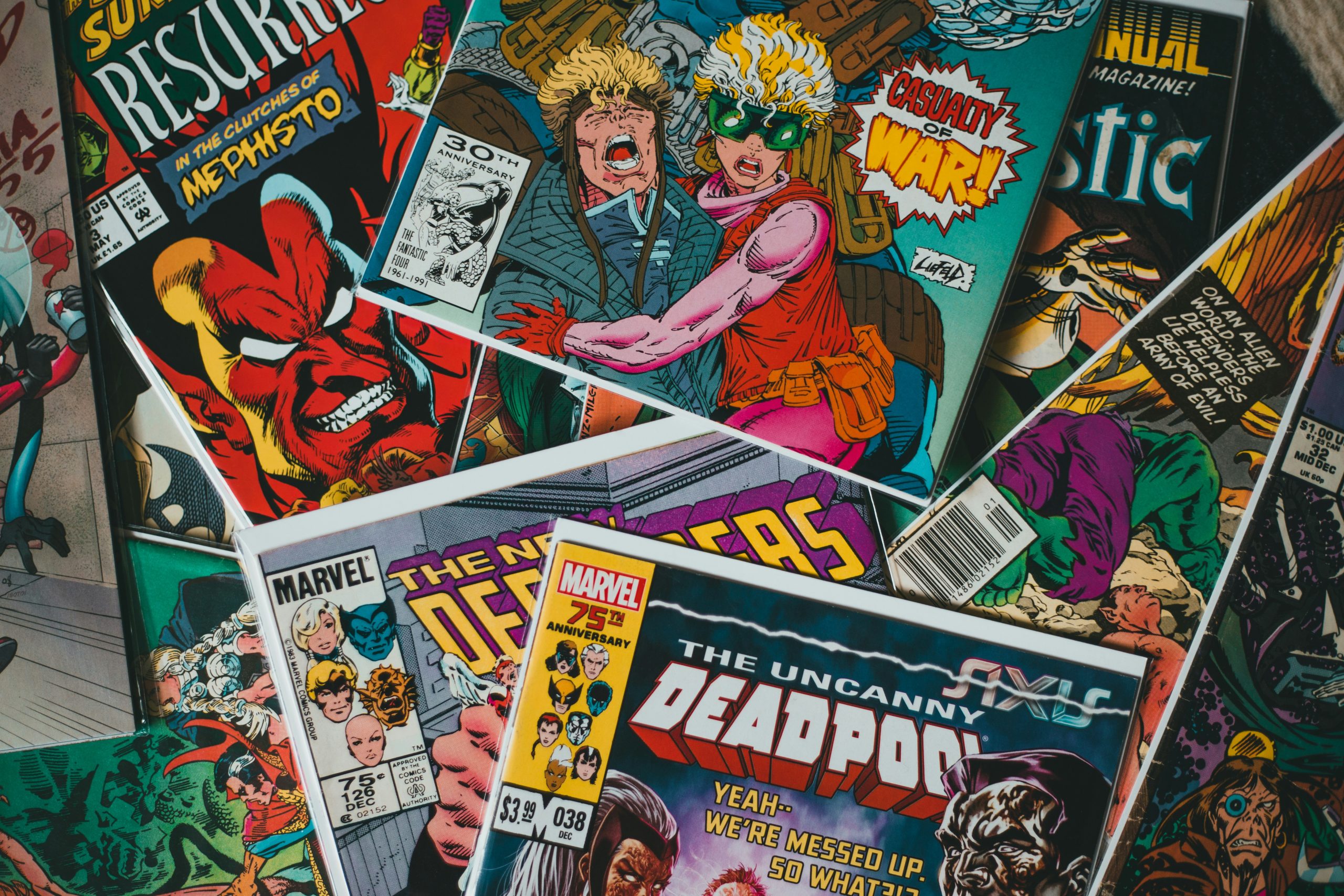
Introduction
Manga, the Japanese art form of comic books and graphic novels, has become a global phenomenon, captivating millions of readers with its diverse genres, intricate storylines, and distinctive artistic styles. This article explores the rich history of manga, its cultural significance in Japan and around the world, the diversity of its genres, and its profound influence on various media.
The Origins of Manga
Early Beginnings
Manga’s roots can be traced back to ancient Japan, where picture scrolls and illustrated narratives, known as emaki and kibyōshi, provided visual storytelling. These early forms of sequential art laid the groundwork for what would eventually become manga. During the Edo period (1603-1868), illustrated books called kibyōshi gained popularity, featuring satirical stories that combined text and images.
The term “manga” itself, meaning “whimsical pictures,” was popularized by the famous ukiyo-e artist Katsushika Hokusai in the early 19th century. Hokusai’s sketches, known as “Hokusai Manga,” depicted a wide range of subjects, from everyday life to fantastical scenes, and played a crucial role in defining the art form.
Modern Manga Emergence
Modern manga began to take shape in the early 20th century, influenced by Western comic strips and the rise of Japanese magazine culture. However, it was after World War II that manga truly began to flourish. Osamu Tezuka, often referred to as the “God of Manga,” revolutionized the medium with his innovative storytelling and cinematic techniques. His work “Astro Boy” (Tetsuwan Atom) became a cornerstone of modern manga, introducing dynamic panel layouts and complex characters.
The Evolution of Manga
The Golden Age of Manga
The post-war period saw an explosion of manga publications, catering to a growing and diverse readership. The 1950s and 1960s are considered the Golden Age of Manga, with Tezuka’s influence evident in the works of many artists. This era produced a plethora of genres, from action-adventure and romance to horror and science fiction.
Weekly and monthly manga magazines, such as Shonen Jump, Weekly Shōnen Magazine, and Margaret, became immensely popular, serializing chapters of manga that were later compiled into tankōbon (collected volumes). These magazines provided a platform for new talents to emerge and for established artists to experiment with different genres and styles.
The Diversification of Genres
As manga continued to evolve, it diversified into numerous genres, each targeting specific demographics. Some of the most prominent genres include:
- Shōnen: Targeted at young boys, shōnen manga often features action-packed stories, coming-of-age themes, and male protagonists. Popular series like “Naruto,” “One Piece,” and “Dragon Ball” epitomize this genre.
- Shōjo: Aimed at young girls, shōjo manga focuses on romance, relationships, and emotional growth. Iconic titles include “Sailor Moon,” “Fruits Basket,” and “Ouran High School Host Club.”
- Seinen: Intended for adult men, seinen manga covers a wide range of topics, often with more mature themes and complex narratives. Notable examples are “Berserk,” “Akira,” and “Ghost in the Shell.”
- Josei: Targeted at adult women, josei manga explores more realistic portrayals of romance, work, and daily life. Popular works include “Nana,” “Honey and Clover,” and “Paradise Kiss.”
- Kodomo: Designed for young children, kodomo manga features simple stories with educational and moral themes. Series like “Doraemon” and “Anpanman” are beloved by this demographic.
Manga’s Cultural Impact in Japan
Social and Cultural Reflection
Manga serves as a mirror to Japanese society, reflecting its values, struggles, and aspirations. It addresses a myriad of social issues, from bullying and mental health to gender identity and environmental concerns. Manga often provides a platform for discussion and awareness, helping to break down taboos and foster understanding.
For instance, “Barefoot Gen” by Keiji Nakazawa is a poignant portrayal of the Hiroshima bombing, offering a raw and personal perspective on the horrors of war. Similarly, “My Brother’s Husband” by Gengoroh Tagame explores themes of family, acceptance, and LGBTQ+ rights in contemporary Japan.
Manga as a Form of Education
Manga is also used as an educational tool in Japan. Gakushū manga (educational manga) covers a wide range of subjects, from history and science to literature and philosophy. These educational manga make learning more accessible and engaging for students, often being incorporated into school curriculums.
Global Influence of Manga
Manga’s International Appeal
Manga’s appeal has transcended Japanese borders, captivating readers worldwide. Its influence is particularly strong in North America, Europe, and Asia, where translated versions of popular manga are widely available. The rise of the internet and digital platforms has further facilitated the global dissemination of manga, allowing fans to access their favorite series online.
Cultural events like Comic-Con and Japan Expo celebrate manga and its related media, attracting thousands of fans and industry professionals. These events provide a space for cultural exchange and appreciation, highlighting the universal themes and stories that manga offers.
Adaptations and Cross-Media Influence
Manga’s influence extends beyond the printed page to other forms of media. Many popular manga series are adapted into anime, live-action films, and television dramas, reaching even wider audiences. These adaptations often stay true to the source material while adding new dimensions through animation, special effects, and live performances.
Anime adaptations like “Attack on Titan,” “Death Note,” and “Fullmetal Alchemist” have garnered international acclaim, further cementing manga’s global cultural impact. Additionally, manga-inspired video games, merchandise, and even theme park attractions contribute to its pervasive influence.
The Artistic and Narrative Techniques of Manga
Visual Style and Storytelling
Manga is renowned for its distinctive visual style, characterized by expressive characters, dynamic action sequences, and meticulous attention to detail. The use of varied panel layouts, sound effects, and symbolic imagery enhances the storytelling experience, creating an immersive and engaging narrative flow.
Artists often employ techniques such as speed lines to convey motion and exaggerated facial expressions to depict emotions. This visual language allows readers to connect deeply with the characters and the story, making manga a powerful medium for emotional and psychological exploration.
Innovation and Experimentation
Manga is a medium that thrives on innovation and experimentation. Artists continually push the boundaries of the form, exploring new genres, styles, and narrative structures. Avant-garde works like “Akira” by Katsuhiro Otomo and “Blame!” by Tsutomu Nihei challenge conventional storytelling, offering complex, dystopian worlds that provoke thought and imagination.
Indie manga, known as dōjinshi, allows amateur creators to publish their works, often experimenting with unique styles and unconventional narratives. This vibrant subculture fosters creativity and provides a breeding ground for new talent, contributing to the dynamic evolution of manga.
Challenges and Future Prospects
Industry Challenges
Despite its success, the manga industry faces several challenges. The rise of digital media has led to declining print sales, posing a threat to traditional manga publishers. Additionally, the intense competition and demanding schedules can take a toll on manga artists, leading to issues such as burnout and health problems.
The industry is also grappling with issues of piracy, as unauthorized scans and translations of manga circulate online, impacting revenue and the livelihoods of creators. Efforts to combat piracy and promote legal access to manga are ongoing, with publishers exploring new business models and digital distribution methods.
The Future of Manga
The future of manga looks promising, with continued innovation and adaptation to changing media landscapes. Digital platforms like ComiXology, Crunchyroll Manga, and Manga Plus offer legal, accessible ways for fans to read manga online. These platforms not only combat piracy but also reach new audiences, ensuring the sustainability of the industry.
Manga’s influence on global pop culture continues to grow, inspiring creators across various media. Western comic book artists, filmmakers, and animators often cite manga as a significant influence on their work, reflecting its enduring impact and relevance.
Conclusion
Manga is a multifaceted and dynamic art form that has captivated audiences for decades. Its rich history, diverse genres, and profound cultural impact make it a unique and influential medium in both Japan and the world. As manga continues to evolve and adapt to new technological and cultural landscapes, it will undoubtedly remain a vital and beloved form of storytelling, reflecting the complexities of the human experience and inspiring readers across generations.
